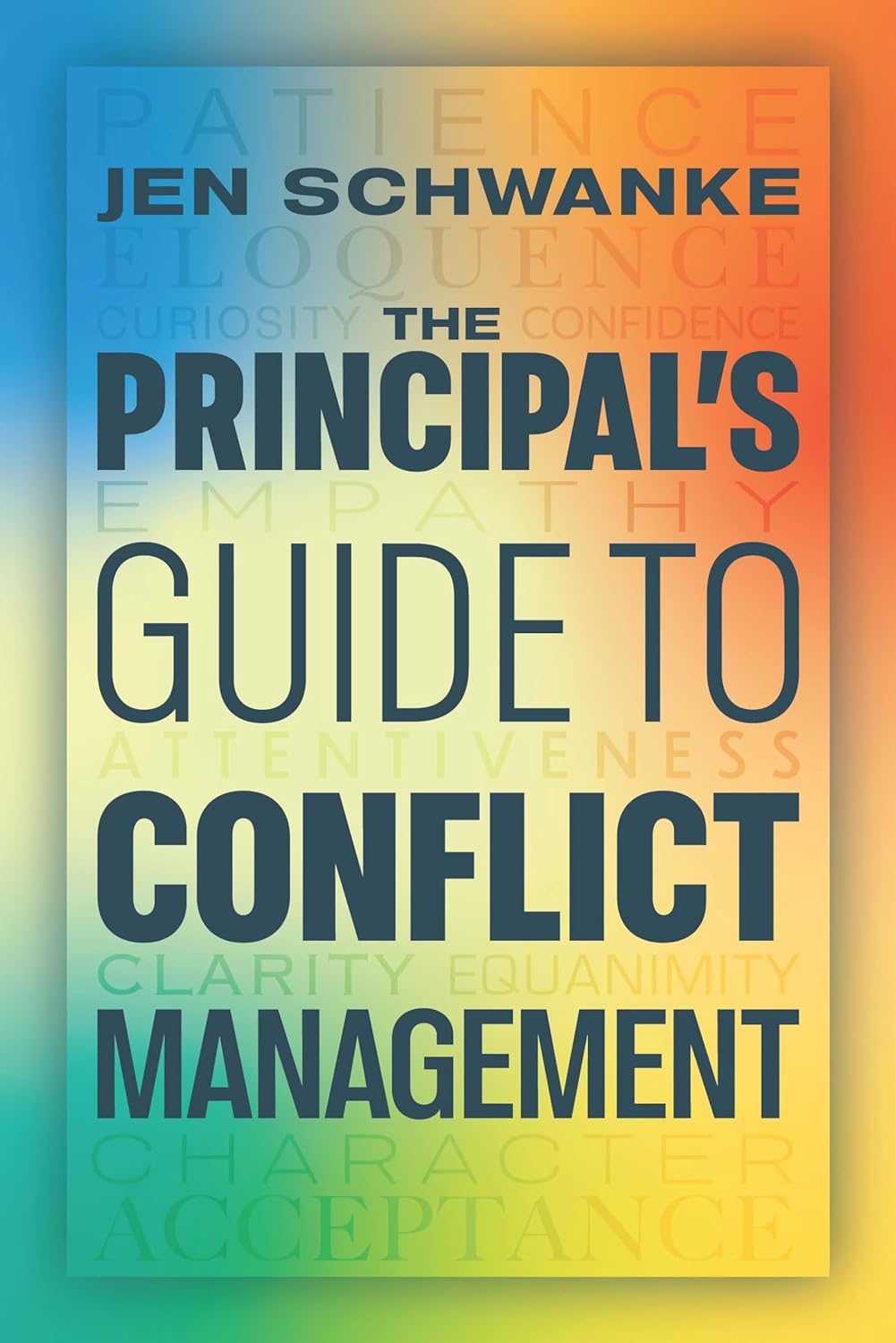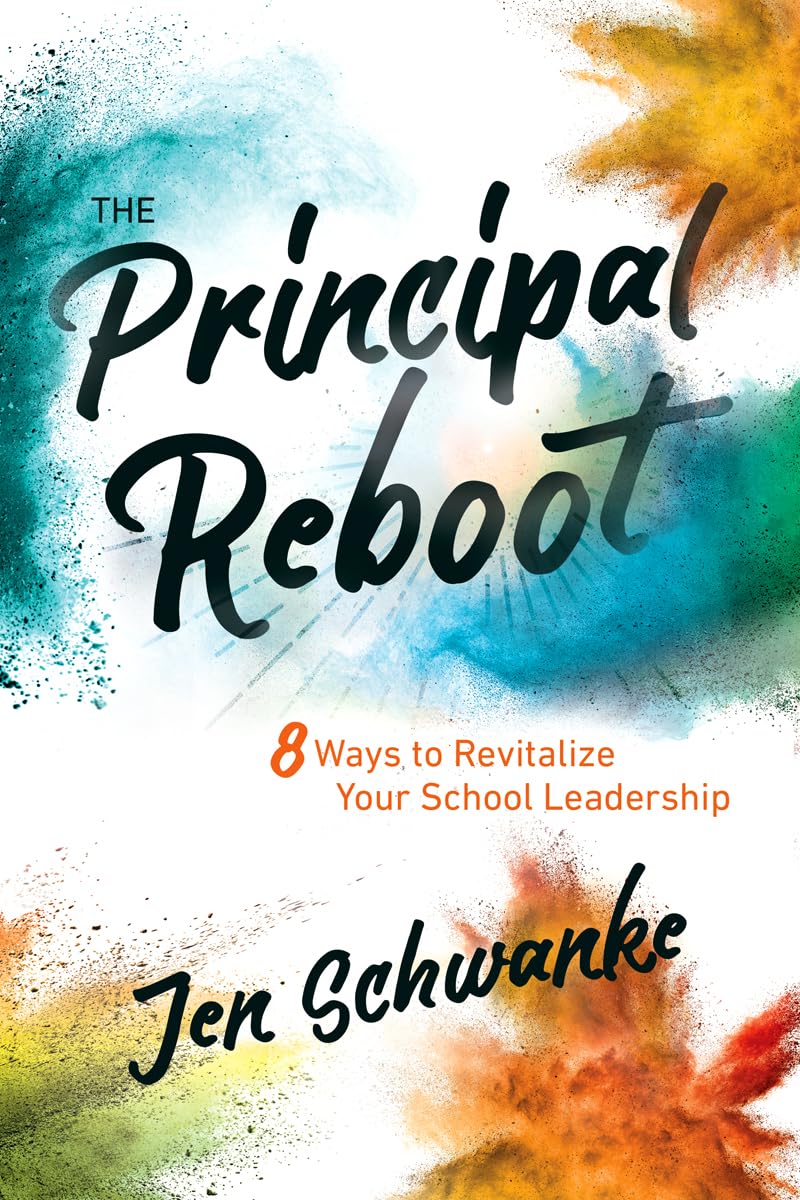Trusted: Trust Pillars, Trust Killers, and the Secret to Successful Schools
How does a good principal become a trusted principal, and why is being trusted so important?
Neither personality nor behavior solely determines whether a principal will have the trust of teachers, students, and parents. As author and veteran educator Jen Schwanke explains in Trusted, principals continually build and reinforce trust through their relationships and experiences with these stakeholders. And if principals aren’t mindful and deliberate, they can easily sabotage their own efforts.
Conflict is certain to show up in any school, so how do you as the leader know how to respond or when to intervene?
Disagreements, friction, and even outright hostility are a common and unavoidable result of people working together, and not all conflict is necessarily bad; it can also provide an opportunity to learn and grow. Whether the situation involves students, parents, or staff, school leadership expert Jen Schwanke has specific advice to help you navigate conflict within a three-step cycle of decision making:
- Anticipate and recognize different patterns of conflict.
- Analyze the underlying causes and effects of any given conflict.
- Act—or choose not to act—in a way that best helps the school.
Today’s school principals face unprecedented challenges that can overwhelm even the most dedicated among them. What can they do when their initial enthusiasm for the job begins to deflate, when the demands of the job seem to outnumber the rewards? How can they regain the energy that propelled them early in their career?
The Principal Reboot answers these questions with specific advice on how to reignite passion in addressing the many aspects of the principalship, including
- Defining a school’s values and mission through rebranding;
- Strengthening relationships with staff, students, and community;
- Leading renewed efforts to improve instruction;
- Developing teacher leadership;
- Using data effectively and innovatively; and
- Improving operational procedures and processes.
What motivates teachers to put forth their best efforts in the classroom
How can principals understand what drives each teacher and use that information to encourage practices that lead to the best outcomes for students?
If teachers are struggling, what can principals do to help them succeed?
These questions and many more are thoroughly explored in The Teacher’s Principal, an invaluable roadmap that all principals can use not only to support teachers who are doing good work, but also to help those who are faltering to get back on track. Taking a compassionate, holistic view of what drives teachers, veteran educator Jen Schwanke explains their three key motivators:
- Purpose, which reflects teachers’ foundational values and reasons for teaching;
- Priorities, which reveal how committed teachers are to student learning; and
- Patterns, or the visible habits and routines that propel teachers’ daily decisions.




